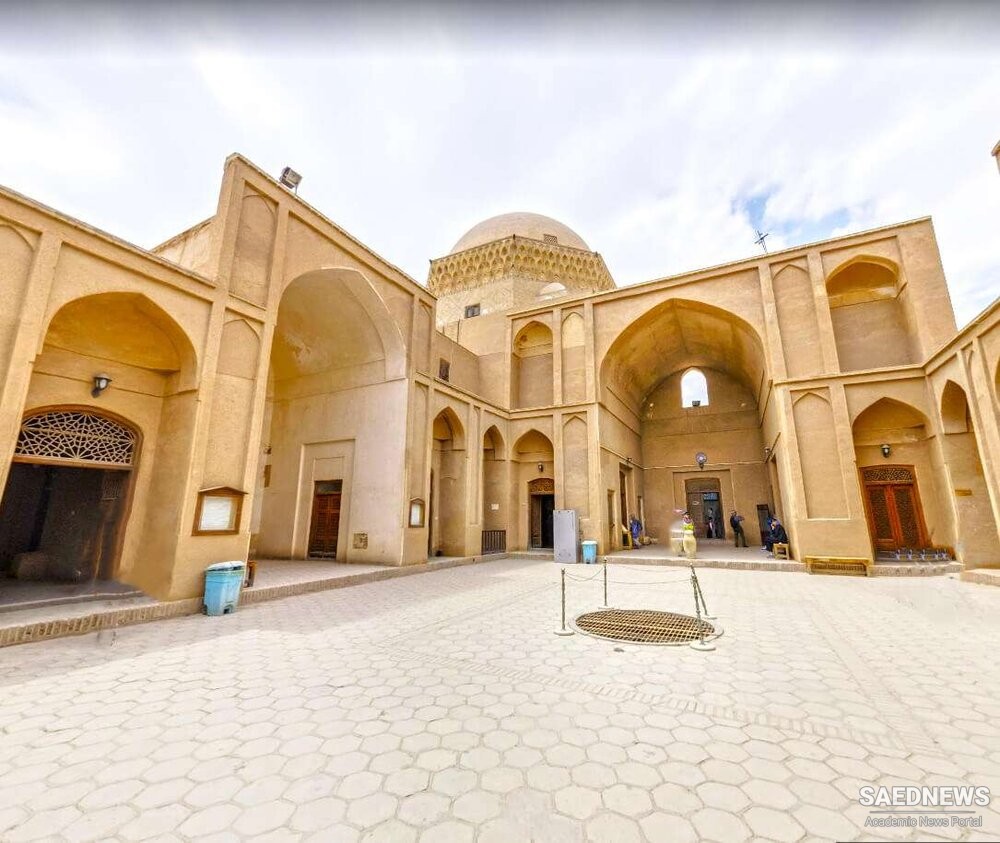Central Iran consists of the plateau and great desert basin, on the periphery of which are scattered the other major cities of Iran: Qazvin, Hamadân, Qom, Isfahan, Yazd, Kerman, Birjand, Semnan, and so forth. This represents the dominant, Persian-speaking core of the country and is thus, along with Fârs and Khorasan, the area one is most likely to have in mind when trying to describe the culture and customs of Iran. In recent times, these cities have all been overshadowed by the capital, Tehran. Since the eighteenth century, it has grown from a small village at the foothills of the Alborz Mountains to a sprawling metropolis of 12 million people. It dominates every aspect of the political, economic, and cultural life of the country—even the vernacular language of Iran, which foreigners have encountered and taken to calling Farsi is most often really just the Tehrani dialect of Persian. Compared with other major cities, though, Tehran is an upstart in terms of its historical heritage and a rather drab, ordinary, and faceless modern city in appearance. The most glamorous city is easily Isfahan, which was the capital of Iran in the sixteenth century, when it was adorned with a multitude of beautiful and impressive mosques, parks, and palaces.


 Fars and Khorasan the Fountainheads of Iranian Civilization and Culture
Fars and Khorasan the Fountainheads of Iranian Civilization and Culture














































